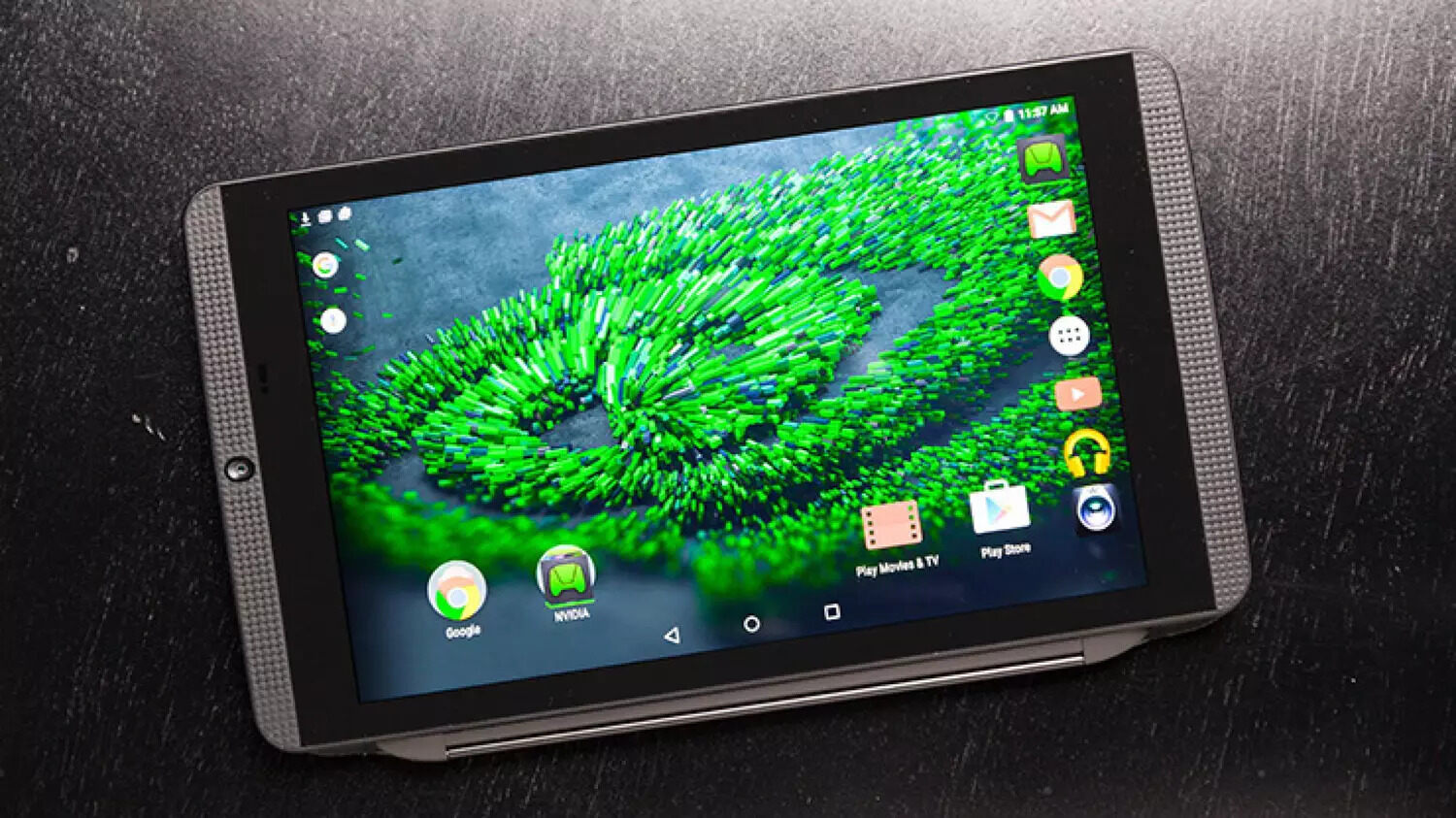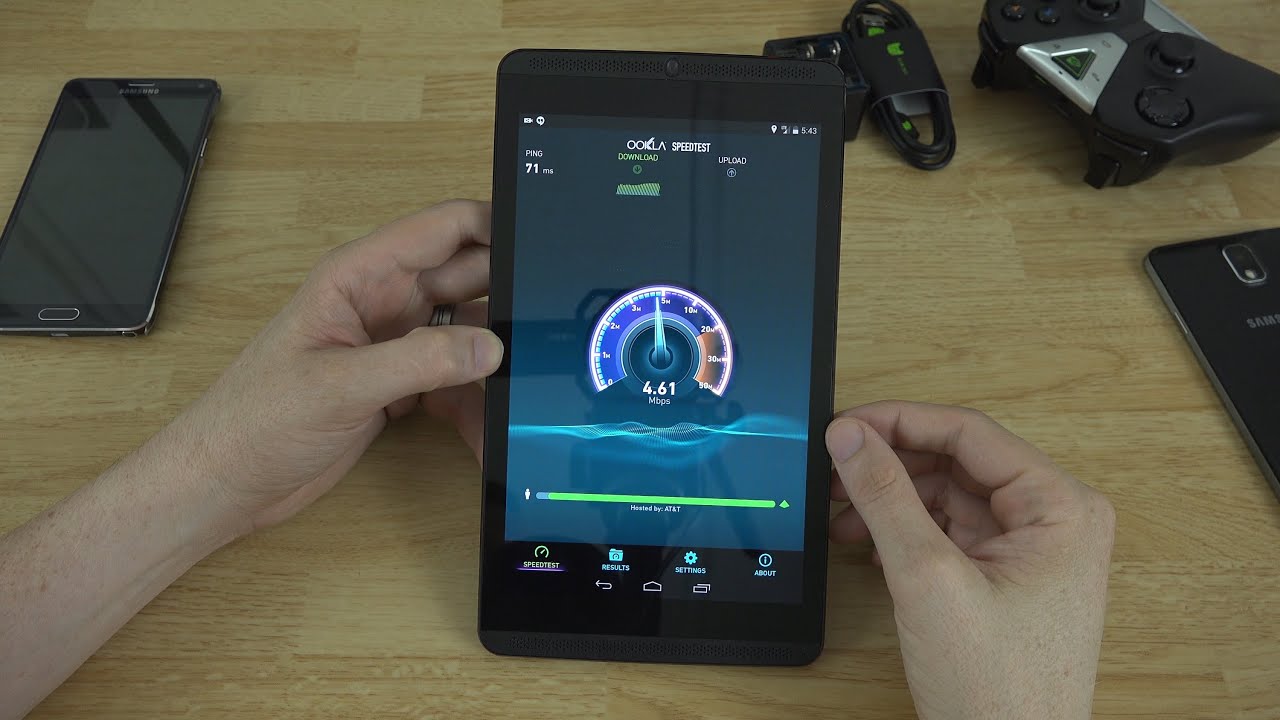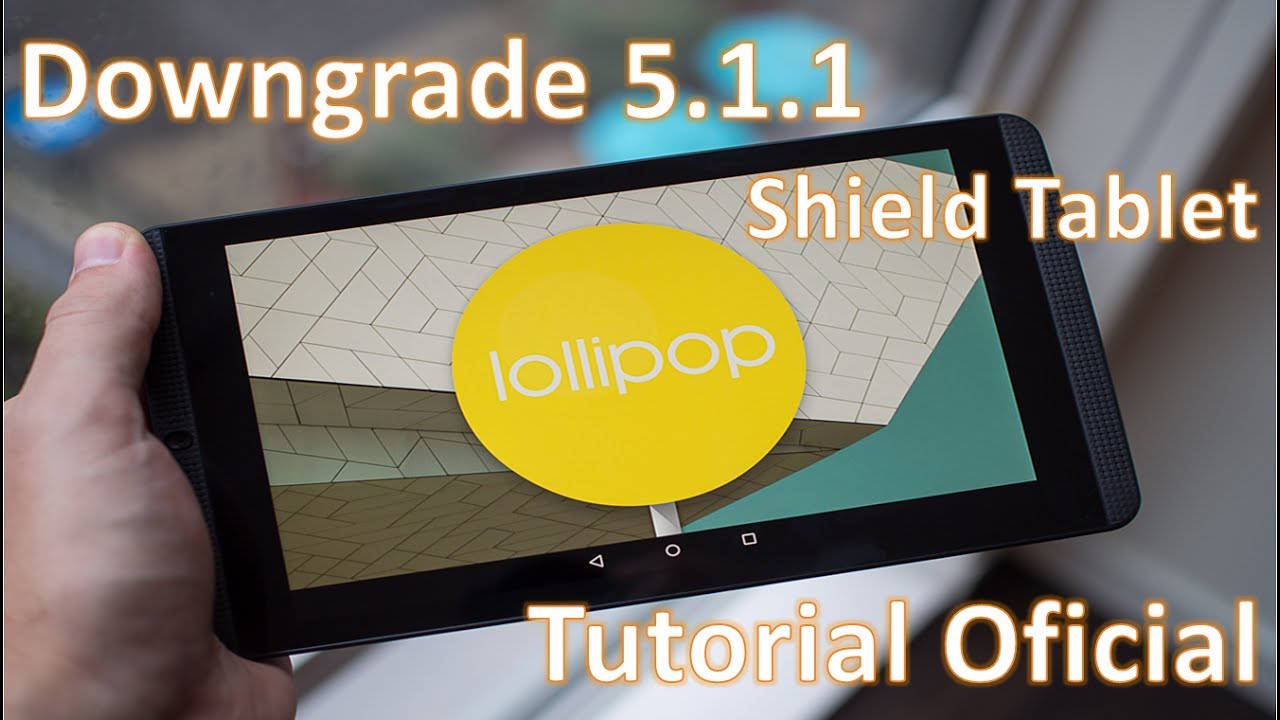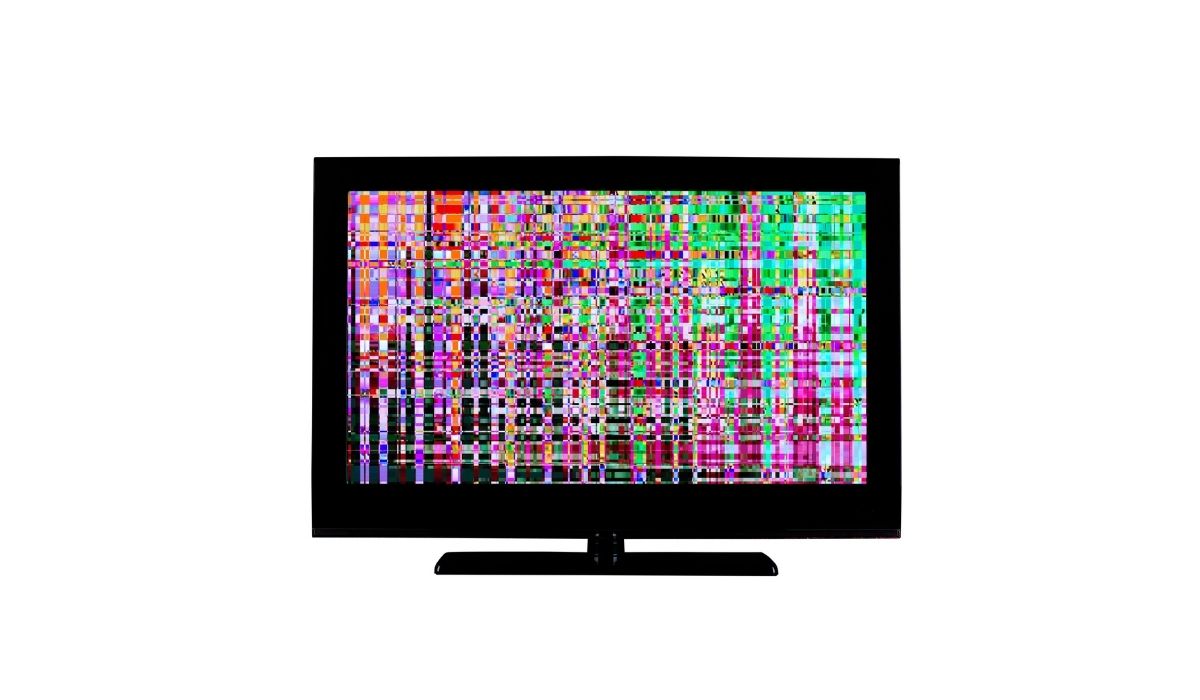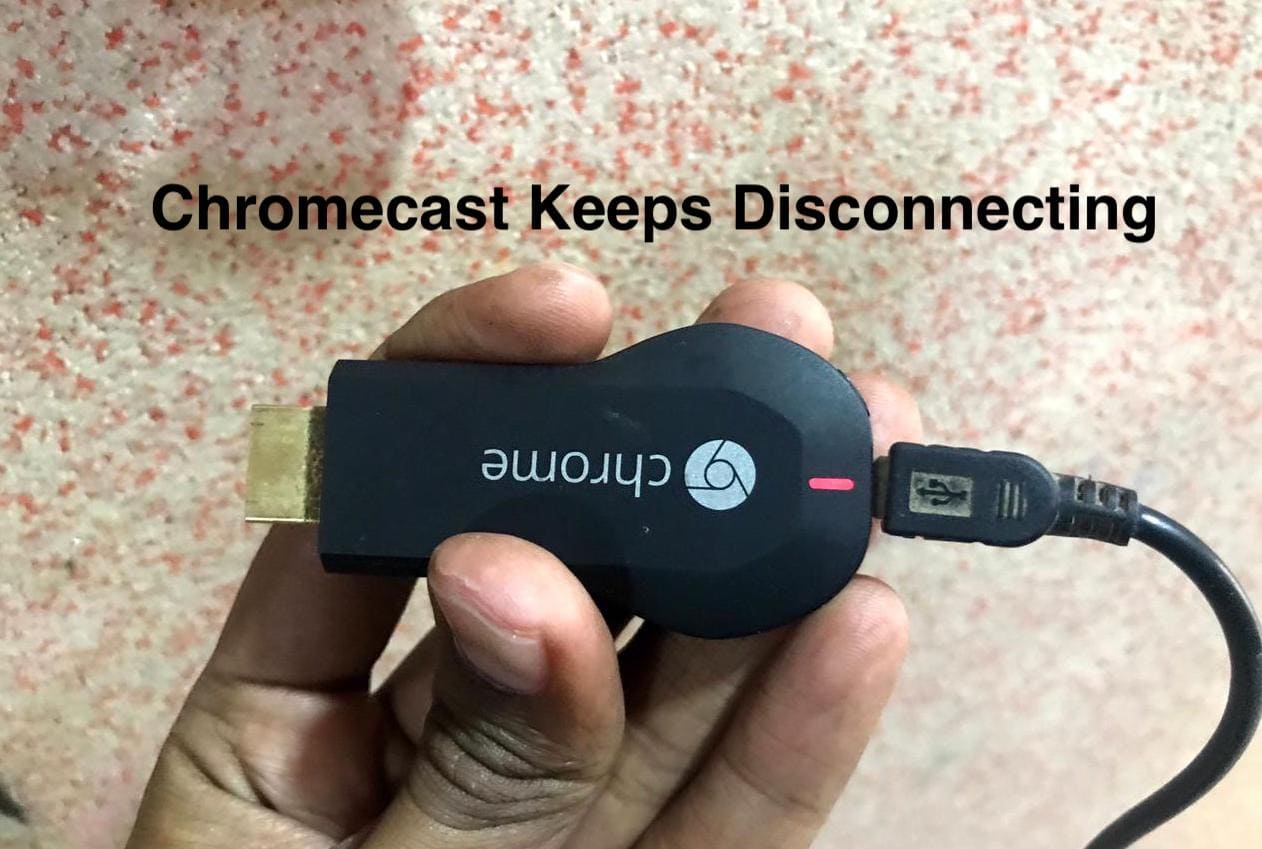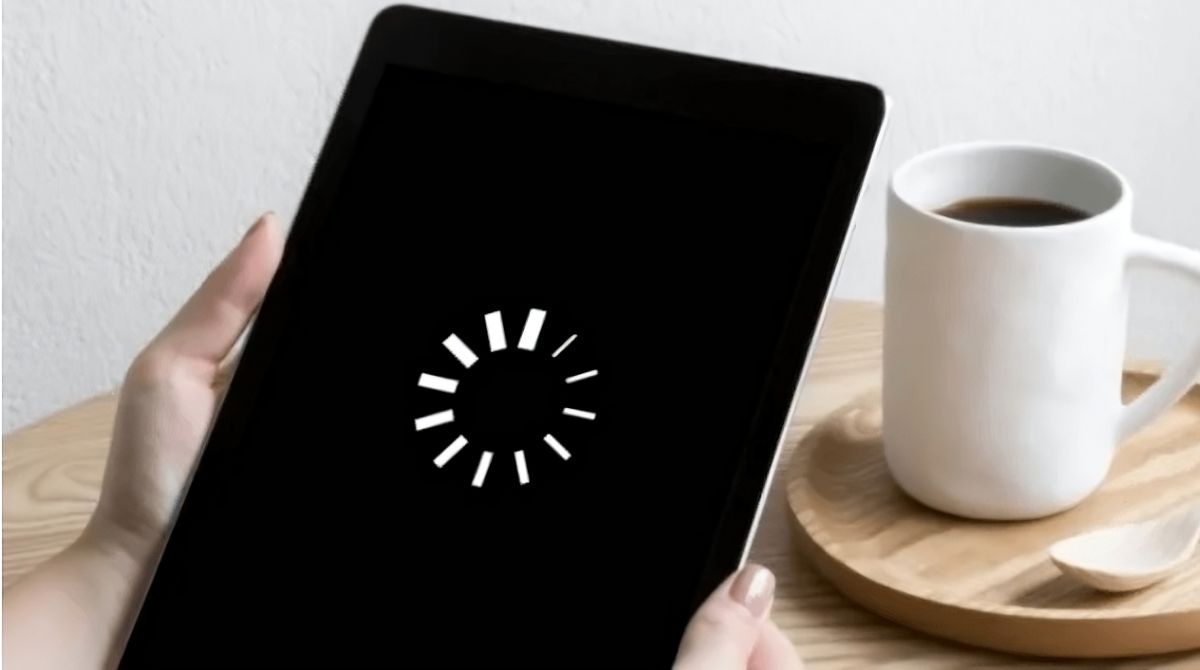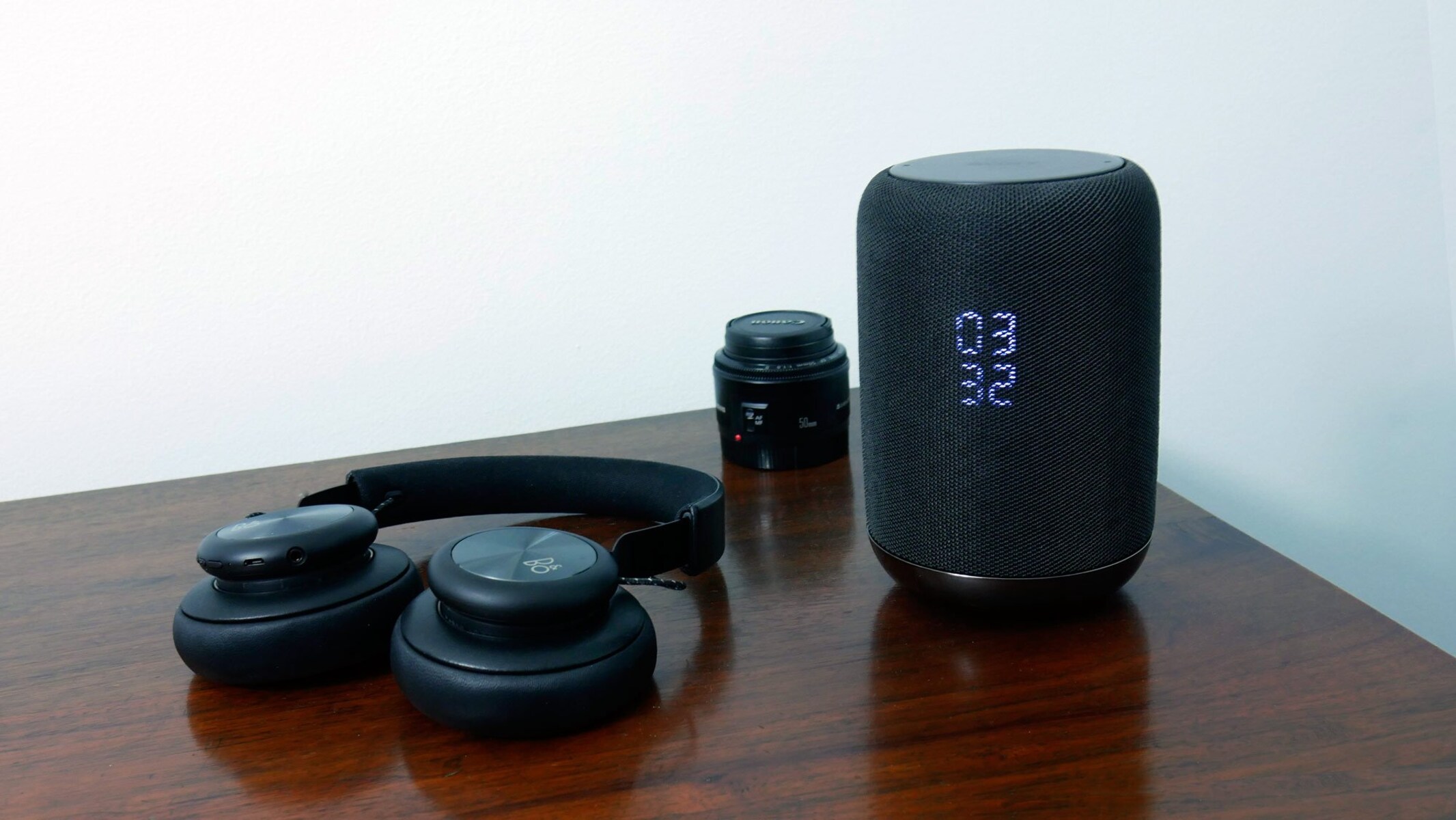Introduction
Resetting your Shield Tablet can be a useful troubleshooting step in resolving various software-related issues or preparing the device for a fresh start. Whether you’re experiencing frequent crashes, sluggish performance, or simply want to erase all data and settings, a reset can help restore your tablet to its original state. However, it’s crucial to understand the various methods available for resetting the Shield Tablet and the implications they may have on your data.
In this guide, we’ll explore the different ways you can perform a reset on your Shield Tablet, ranging from soft resets to complete factory resets. We’ll also provide essential tips to ensure a successful reset and minimize the risk of data loss. It’s important to note that performing a reset will erase all data on your tablet, including apps, photos, videos, and saved preferences. Hence, it’s crucial to back up your data before proceeding with any reset method.
Whether you’re an experienced user or new to the Shield Tablet, understanding the reset process can save you time and frustration in the future. So, let’s dive into the various methods and steps involved in resetting your Shield Tablet.
Reasons for Resetting the Shield Tablet
There are several reasons why you might consider resetting your Shield Tablet. Here are some common scenarios where a reset can help resolve issues and improve the performance of your device:
- Software glitches: Over time, your Shield Tablet may encounter software glitches that can lead to crashes, freezing, or unresponsiveness. Performing a reset can help clear these temporary issues and restore the tablet’s functionality.
- Memory management: If you notice that your tablet’s storage is filling up quickly or becoming cluttered with unnecessary files, a reset can help free up space and optimize memory management. This can result in improved performance and smoother multitasking.
- Unwanted apps or bloatware: As you install apps and updates, your tablet may accumulate unwanted or unused applications that take up valuable storage space. A reset gives you the opportunity to start fresh and remove any unnecessary apps or bloatware that may be slowing down your device.
- Security concerns: If you plan on selling or giving away your Shield Tablet, resetting it ensures that all of your personal data, accounts, and settings are completely wiped clean. This helps protect your privacy and prevents any unauthorized access to your information.
- Operating system updates: In some cases, major operating system updates or changes may require a reset to ensure a smooth transition and avoid any compatibility issues. Resetting your tablet prior to installing the update can help prevent potential conflicts and enhance the overall user experience.
Regardless of the reason for resetting your Shield Tablet, it’s essential to back up your data beforehand to avoid permanent loss. Resetting your tablet should be seen as a last resort after attempting other troubleshooting methods. However, if all else fails, a reset can often provide a fresh start and resolve persistent issues.
Backing up Your Data
Before you proceed with any reset method on your Shield Tablet, it’s essential to back up your data to prevent any permanent loss. Here are a few steps to help you ensure that your important files and settings are safely stored before performing a reset:
- Photos, videos, and documents: Connect your Shield Tablet to a computer using a USB cable or enable file transfer via a cloud storage service. Copy and save all your important photos, videos, and documents to a folder on your computer or upload them to a secure cloud storage platform.
- App data and settings: Depending on the apps you use, some may have built-in backup options that allow you to save your data and settings to the cloud. Check the settings of your frequently used apps and enable any available backup features. If an app doesn’t have a built-in backup option, consider using a third-party backup and restore app to safeguard your app data.
- Contacts, calendars, and emails: If your contacts, calendars, and emails are synced with an online account such as Google or Microsoft, your data should be automatically backed up. However, it’s always a good idea to double-check and ensure that your data is syncing properly before proceeding with a reset. You can also export your contacts and calendars as a backup file, which can be imported later if needed.
- App passwords and account details: Make a note of all your app passwords and account details, as resetting your Shield Tablet will require you to sign back into your apps and accounts. Consider using a password manager to securely store your login information for easy retrieval after the reset.
Taking the time to back up your data ensures that you have a copy of your important files and settings before performing a reset. It provides peace of mind and allows you to easily restore your data and personalize your Shield Tablet once the reset is complete.
Method 1: Soft Reset
A soft reset is the simplest and least invasive method to reset your Shield Tablet. It can be useful for resolving minor software issues without erasing your data. Follow these steps to perform a soft reset:
- Hold the power button: Locate the power button on your Shield Tablet and press and hold it for about 10 seconds.
- Release the power button: After holding the power button, the screen will go blank. Release the power button once the screen turns off.
- Power on the tablet: After releasing the power button, press and hold it again to power on your Shield Tablet. Wait for the device to boot up and see if the issues you were experiencing have been resolved.
A soft reset helps refresh the tablet’s system and can solve minor glitches such as unresponsive apps or slow performance. However, if the issues persist after a soft reset, you may need to try a more thorough reset method.
Please note that a soft reset does not erase any data from your Shield Tablet. It is a safe option to try before proceeding with more advanced reset methods. However, if you’re looking to completely reset your tablet and erase all data, you will need to consider a factory reset.
Method 2: Factory Reset from the Settings Menu
Performing a factory reset from the settings menu is a convenient method to reset your Shield Tablet while preserving your data. However, it’s crucial to note that this method will erase all your apps, settings, and personal files, so make sure you have a backup of all your important data before proceeding. Here are the steps to perform a factory reset from the settings menu:
- Backup your data: Connect your Shield Tablet to a computer or use a cloud storage service to back up your photos, videos, documents, and any other important files.
- Access the settings menu: Open the Settings app on your Shield Tablet. You can usually find it in the app drawer or by swiping down from the top of the screen and tapping the gear icon.
- Select “Backup & reset”: In the settings menu, scroll down and select “Backup & reset” or a similar option, depending on your tablet’s software version.
- Choose “Factory data reset”: Within the “Backup & reset” menu, select “Factory data reset” or an equivalent option.
- Confirm the reset: You will be presented with a warning message explaining that all data will be erased. Review the message and if you’re ready to proceed, tap on “Reset tablet” or “Erase everything.
- Authenticate and reset: Depending on your tablet’s security setup, you may need to enter your PIN, pattern, or password to confirm the reset. Once verified, the tablet will begin the reset process.
- Wait for the reset: Your Shield Tablet will restart and initiate the factory reset. It may take several minutes for the process to complete.
- Set up your tablet: After the reset, follow the on-screen instructions to set up your Shield Tablet as if it were brand new. You can restore your data from the backup you created earlier, or start fresh.
Performing a factory reset from the settings menu can help resolve persistent software issues and bring your Shield Tablet back to its default state. However, always remember to back up your data to avoid permanent loss, as this method erases all your personal files and settings.
Method 3: Factory Reset Using Recovery Mode
If you are unable to access the settings menu on your Shield Tablet or if you’re experiencing severe software issues, you can perform a factory reset using recovery mode. This method allows you to reset your device even when it’s not fully functional. However, please note that performing a factory reset using recovery mode will erase all your data, similar to other reset methods. Make sure to back up your important files before proceeding. Here’s how you can perform a factory reset using recovery mode:
- Power off your tablet: Make sure your Shield Tablet is powered off by pressing and holding the power button for a few seconds, then tapping “Power off”.
- Boot into recovery mode: Press and hold the volume down button and the power button simultaneously until the device vibrates and the NVIDIA logo appears. Release the buttons after the logo appears.
- Navigate through the menu: Use the volume buttons to navigate through the options in the recovery mode menu. Look for the “Wipe data/factory reset” option and select it using the power button.
- Confirm the reset: You will be presented with a confirmation prompt. Use the volume buttons to navigate to the “Yes — delete all user data” option and select it using the power button.
- Wait for the reset: The factory reset process will begin, and it may take a few minutes to complete. Do not interrupt the process.
- Reboot your tablet: Once the reset is complete, you will see the recovery mode menu again. Select the “Reboot system now” option and press the power button to restart your tablet.
- Set up your tablet: After the reboot, follow the on-screen instructions to set up your Shield Tablet as if it were brand new. You can choose to restore your data from a backup or start fresh.
Performing a factory reset using recovery mode can be helpful in situations where your Shield Tablet is not responding or experiencing severe software problems. However, keep in mind that this method will erase all your data, so it’s important to have a backup of your files before proceeding.
Method 4: Performing a Hard Reset
If you are unable to reset your Shield Tablet using the previous methods or if the tablet is completely unresponsive, you can perform a hard reset. A hard reset is a more drastic measure that should only be considered when all other options have failed. It involves physically resetting the tablet using a small pin or paperclip to access the reset button. Here’s how you can perform a hard reset on your Shield Tablet:
- Locate the reset button: Look for a small reset hole on your Shield Tablet. It is usually located next to the micro USB or the headphone jack.
- Prepare a tool: Find a small pin or paperclip that is thin enough to fit into the reset hole.
- Power off your tablet: Make sure your Shield Tablet is powered off by pressing and holding the power button for a few seconds, then tapping “Power off”.
- Perform the hard reset: Insert the pin or paperclip into the reset hole and press and hold the reset button for about 10 seconds.
- Release the reset button: After holding the reset button, release it and wait for a few seconds.
- Power on your tablet: Press and hold the power button to turn on your Shield Tablet.
- Set up your tablet: After the reset, follow the on-screen instructions to set up your Shield Tablet as if it were brand new. You can choose to restore your data from a backup or start fresh.
Performing a hard reset should be considered as a last resort when all other methods have failed. It resets the tablet to its default factory settings and erases all data, similar to a factory reset. Make sure you have a backup of your important files before attempting a hard reset.
Tips for a Successful Reset
Performing a reset on your Shield Tablet can be a straightforward process when done correctly. To ensure a successful reset and minimize the risk of any issues, consider the following tips:
- Backup your data: Before initiating any reset method, always make sure to back up your important data, including photos, videos, documents, and app settings. This ensures that you can restore your personal files after the reset.
- Charge your tablet: Having a sufficient amount of battery charge is crucial during a reset to avoid any interruptions. Make sure your Shield Tablet is adequately charged or connected to a power source before proceeding.
- Follow the instructions: Whether you’re resetting your tablet from the settings menu, recovery mode, or performing a hard reset, carefully follow the on-screen instructions or the steps outlined in this guide. It’s important to select the right options and confirm your actions to avoid unintended data loss.
- Be patient: The reset process may take some time, especially during factory resets. Avoid interrupting the process or turning off your tablet prematurely. Let the device complete the reset procedure to ensure a successful outcome.
- Update your tablet: After performing a reset, consider updating your Shield Tablet to the latest software version. Operating system updates often include bug fixes and improvements that can enhance performance and address any issues you may have encountered.
- Install apps selectively: After resetting your tablet, take the opportunity to install only the necessary apps. Avoid cluttering your device with unnecessary apps or bloatware that can affect performance or storage space.
- Take advantage of cloud services: To simplify the process of restoring your data after a reset, consider utilizing cloud services for storing files, app preferences, and other important data. This allows for easier retrieval and setup of your personal information.
By following these tips, you can ensure a smooth and successful reset of your Shield Tablet, minimizing the risk of data loss and maximizing the effectiveness of the process. Remember that a reset is often a useful troubleshooting step and can help improve the overall performance of your device.
Conclusion
Resetting your Shield Tablet can be a helpful solution when faced with software issues, sluggish performance, or the need to start fresh. By utilizing the different methods discussed in this guide, you can effectively reset your tablet and address any lingering problems. However, it’s important to exercise caution and always back up your data before proceeding with any reset method.
Soft resets provide a quick and easy way to refresh the tablet’s system without erasing your data. If that doesn’t resolve the issues, factory resets from the settings menu or recovery mode are more comprehensive options. Just remember that factory resets will erase all user data, so make sure to have a backup.
In situations where the tablet is unresponsive or inaccessible, a hard reset can be performed using the reset button. However, this method should be used as a last resort and is only recommended when all other options have failed.
To ensure a successful reset, follow the provided tips such as backing up your data, charging the tablet, and being patient during the process. Updating your tablet’s software and being selective with app installations can also help enhance the post-reset experience.
By understanding the different reset methods and implementing the necessary precautions, you can effectively resolve software issues and optimize the performance of your Shield Tablet. Remember to always weigh the benefits against the potential loss of data and make sure to back up your important files before initiating any reset.







